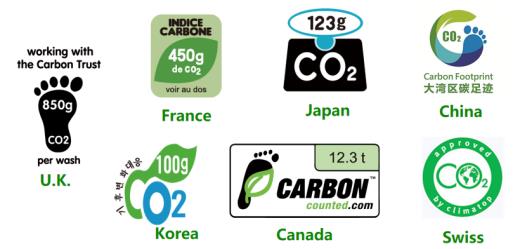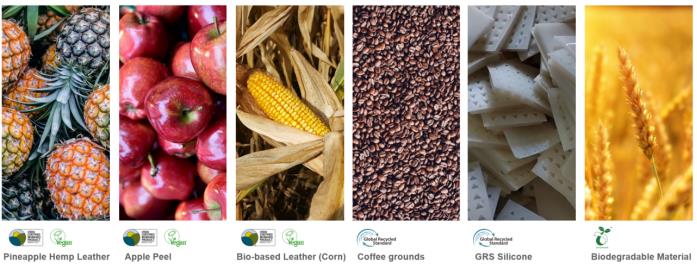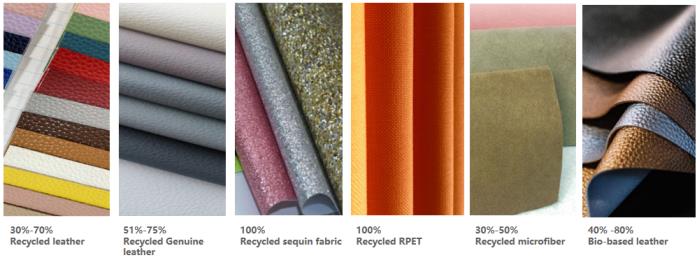With extreme weather, melting glaciers, plastic pollution and a dramatic increase in waste emissions, global warming is an increasingly prominent environmental problem. This not only endangers the balance of natural ecosystems, but also human health and even the future survival of the human race.

In order to reduce the cost of emission reduction, the EU launched the EU Carbon Emissions Trading System in 2005, which became the earliest and most mature carbon trading mechanism in the world. Since then, the carbon trading mechanism has been adopted by many countries and regions due to its high flexibility and effectiveness in reducing emission costs.
The Carbon Border Adjustment Mechanism (CBAM) will be launched in October 2023, implemented in 2026, and fully operational in 2034 (with a transitional period from October 1, 2023 to December 31, 2025 for the first sectors, including cement, steel, electricity, aluminum, and fertilisers). During this period, these industries will only be subject to a reporting obligation, i.e., they will be required to submit annual data on the carbon emissions implicit in imported products without paying a fee for this purpose. In the same period, the EU ETS is also phasing out its free allowance scheme, and the sectors covered should reduce their greenhouse gas emissions by 62% by 2030 compared to 2005.
What is Carbon Footprint?
A Carbon Footprint is a collection of greenhouse gas emissions from a business, activity, product or individual through transport, food production and consumption, and various production processes. It represents the “carbon consumption” of a person or group. ” The more “carbon dioxide”, the main cause of global warming, is also produced. The larger the “carbon footprint”, the smaller the “carbon footprint”.

Types of Product Carbon Footprint
As many countries or organisations have developed and introduced carbon footprint standards for different system levels, there are currently many different types of carbon footprint standards.
Firstly, there are three levels of carbon footprint standards based on the level of the system being assessed.
1. National, sectoral or geographical level
The main international standards are the IPCC Guidelines for National Greenhouse Gas Inventories (IPCC, 2006) and the ICLEI Guidelines for Municipal Greenhouse Gas Inventories (ICLEI, 2009).
2. Corporate, organisational activity level
Mainly the GHG Protocol Corporate Accounting and Reporting Standard (WRI, WBCSD, 2004) and the ISO 14064 Standard Series (ISO, 2006);
3. At the product level
There are three main international standards: PAS2050:2011 Specification for the assessment of the life cycle greenhouse gas emissions of goods and services (BSI., 2011), GHGP rotocol (WRI, WBCSD, 2011) and ISO14067 Requirements and Guidance for Quantifying and Communicating the Carbon Footprint of Products Technical Specification (ISO,2013)
What is carbon labelling?
Carbon Labelling is a way to mitigate climate change, reduce Greenhouse Gases (GHG) emissions and promote low-carbon emission technologies by indicating the amount of carbon dioxide consumed in the process of purchasing, transporting, producing and selling products. The carbon labelling is a quantifiable index of the carbon footprint of a product. A carbon labelling is a quantitative label of the carbon footprint of a product.
The significance of product carbon labelling is to reduce greenhouse gas emissions and mitigate climate change by guiding purchasers and consumers to choose products with a lower carbon footprint.
On the other hand, carbon labelling encourages consumers and producers to support a way of protecting the environment and the climate, depending more on the social ethics and sense of responsibility of consumers and producers.
The implementation of carbon labelling requires the approval of the greenhouse gas emissions resulting from the production process, which will impose additional costs on manufacturers and consumers will have to bear part of the price increase as a result.

Why carbon labelling?
1. Advocating green concept and leading new consumer fashion
2. Satisfying consumers and enhancing the economic benefits of the brand

What we are doing now?
Green material product development, assistant brand growth
The Innovation Centre continues to develop recyclable materials, biodegradable materials, apple leather, pineapple leather, recyclable PU leather and other low-carbon and environmentally friendly materials, combined with the latest technology and fashionable elements to create 100% original product designs to enhance the competitiveness of our clients’ brands in the market and help their economic benefits.

Actively engaging suppliers in low carbon initiatives
C&T, as a phone case manufacturer, actively collaborates with suppliers to create a green supply chain.
Encourage and guide suppliers to develop energy saving and emission reduction plans.
Actively promote strategic cooperation to jointly develop new environmentally friendly materials, processes and products.

Full carbon verification and carbon footprint certification
Companies carry out carbon footprint certification of their own R&D products and obtain relevant carbon footprint certificates. Our company is one of these companies and we have reports proving that our eco-friendly phone case materials are recyclable or biodegradable.
Companies carry out carbon footprint certification of their own R&D products and obtain relevant carbon footprint certificates
C&T has undertaken a comprehensive review of the use of disposable packaging at each production site to reduce the use of disposable cartons, wooden boxes, inner pallets and other packaging materials. The current production lines are all using recyclable packaging to transfer products and reduce the number of times non-environmentally friendly materials are used.
At the same time, the storage locations of materials in the warehouse have been re-planned to reduce the impact of non-environmental factors in the transportation of materials.





